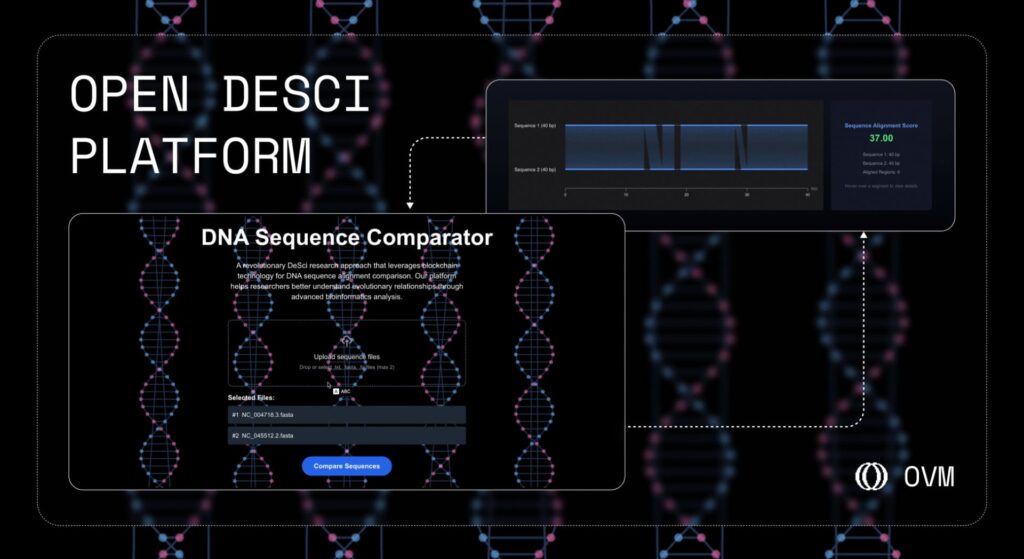
Covid RNA Analyzed With Tee on OVM: Open (Incl. RSS3) Supercharges DeSci
The power of blockchain technology has long been recognized as a game-changer for various industries, including finance, healthcare, and more. However, the real potential lies not just in storing data securely but also in harnessing its capabilities to accelerate scientific advancements.
Enter OVM (Open Virtual Machine), a groundbreaking architecture that seamlessly integrates blockchain’s immutability with decentralized computing resources. This innovative design paves the way for unparalleled scalability and transparency, particularly in the realm of research and development.
The recent announcement by Open Collective, aka webisOpen on X, to analyze Covid RNA sequences using Tee on OVM marks a significant breakthrough in this context. With RSS3, a decentralized network indexing and structuring data, providing accessible and valuable open information, we are witnessing a quantum leap forward for the DeSci (Decentralized Science) community.
In an age where scientific progress relies heavily on computational power, infrastructure constraints often pose a major hurdle for researchers worldwide. By removing these barriers, OVM democratizes access to high-performance computing resources, allowing scientists to focus on their core competencies rather than struggling with resource availability and maintenance.
In the context of COVID-19 research, this development is particularly noteworthy. The speed at which new variants can spread globally underlines the importance of accelerated research and collaboration. By leveraging OVM’s capabilities, the scientific community can now expedite analysis, testing, and discovery, ultimately saving lives and accelerating our collective understanding of this pandemic.
OVM’s potential in DeSci goes beyond just a novel tool for research; it has far-reaching implications. Imagine AI-powered disease prediction systems, optimized financial models for decentralized finance (DeFi) risk assessments, or real-time simulations for the next-generation virtual worlds, all running on an immutable, transparent, and verifiable infrastructure.
The bridge between blockchain and advanced decentralized computation has officially been crossed. OVM’s vision of a decentralized science ecosystem is no longer an abstract concept but a tangible reality. As the world continues to grapple with pressing issues like pandemics, climate change, and financial inequality, the role of open-source innovation will become increasingly crucial.
As Open Collective continues to push the boundaries of this groundbreaking architecture, I am excited to witness firsthand the transformative impact OVM will have on the scientific community.
Source: cryptopotato.com


